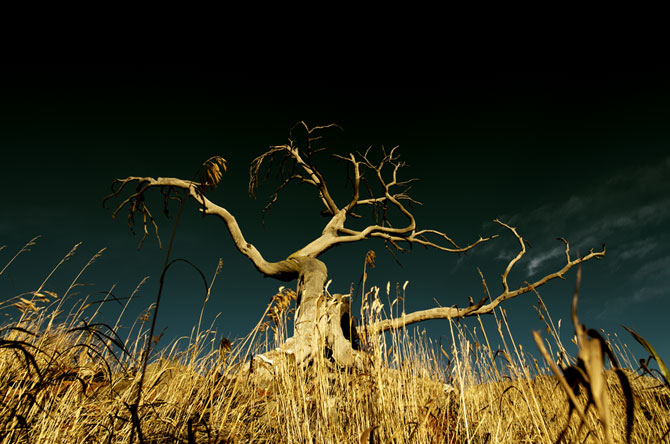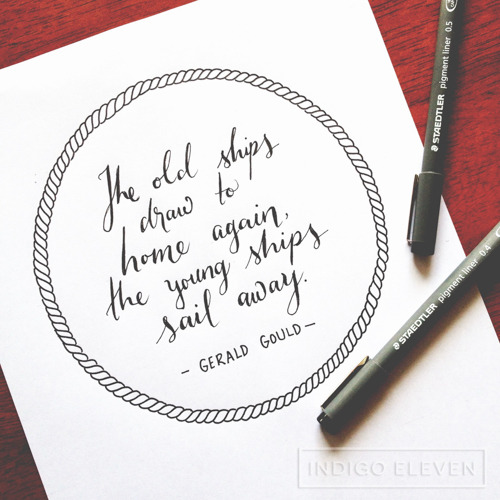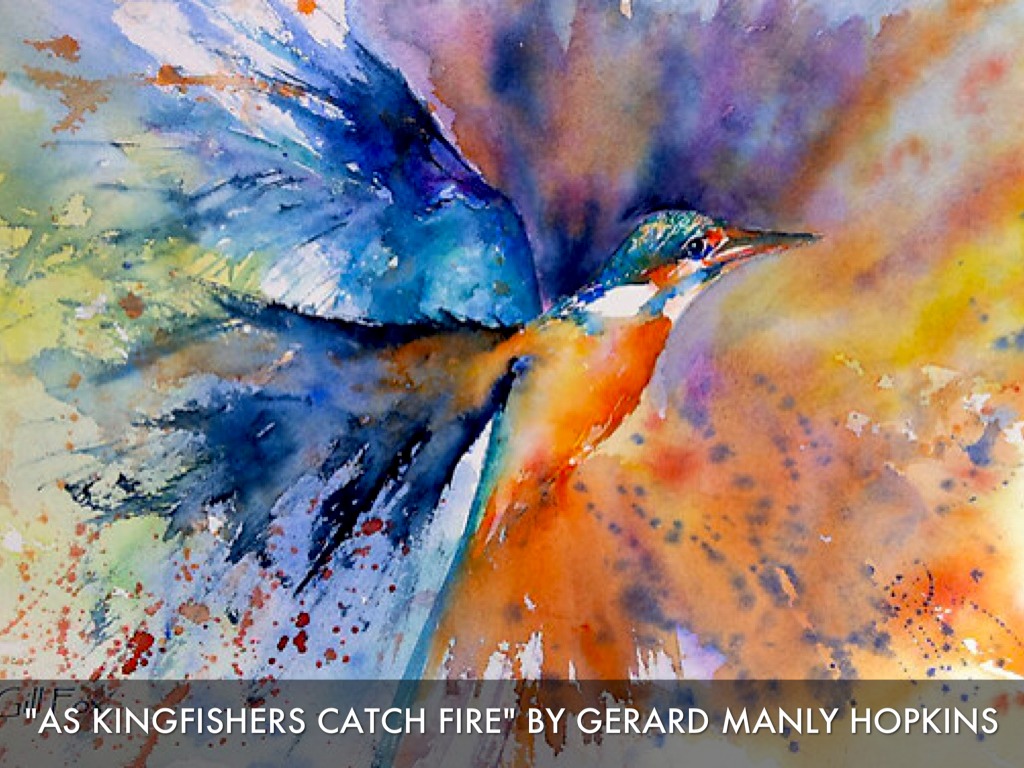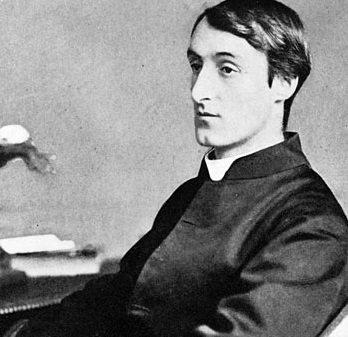Critical Analysis of Wander Thirst:
In this poem, the poet speaks about his love for travel in general. This is a sentiment that most of us readers can relate to. However, the world he wants to travel belongs to an earlier time than the present. It is a world of porous borders. As we know, nations with fixed boundaries only started to come up at the beginning of the 20th century. Hence the world that the poet speaks of belongs to a time before the 20th century, when travelers could simply wander through territories without having to bother about passports and visas. Travel was not only simpler but also cheaper. Most importantly though, travel by sea was preferred over travel by land. This was of course because locomotives had not yet been invented. Perhaps the poet is harking back to the age before the Renaissance of the 16th century when even compasses had not been invented.
That is why he says that he can use the sun and the stars as his guide. In the days of antiquity, man would look at the position of these celestial bodies in order to detect his location. Hence, traveling was also adventurous in those days. The man had not mapped out the entire world yet, and o every voyage was rife with the possibility of discovering new lands. That is why the poet says that he does not know where exactly every road leads. All these form the surface interpretation of the poem. However, there is a deeper layer of meaning beneath the words on the page. The poet compares human life with a journey. Towards the end of the poem, he says that one cannot ever stop traveling. In the same way, one cannot ever turn away from life. One must embrace everything that life has to offer and live life to the fullest. Though it is not clearly mentioned, the poet seems to be saying that life is short, and we should use our limited time on earth to explore all of its beautiful landscapes.
Stanza-wise Annotation of Wander Thirst:
Please note: N= noun, V=verb, Adj=Adjective, Adv=Adverb, P=Preposition
1st stanza:
Beyond (P): At or to the further side of
Wander (V): To walk or move in a leisurely or aimless way
Thirst (N): A strong desire for something
Bid (V): To make an effort or attempt to achieve
2nd stanza:
Guide (N): A person who shows the way to others, especially one employed to show tourists around places of interest
Voyaging (V): Present participle form of the word “voyage”, that is, to go on a long journey involving travel by sea or in space
3rd stanza:
Yonder (Adv): At some distance in the direction indicated; over there
Horizon (N): The line at which the earth’s surface and the sky appear to meet
Sail (V): To travel in a boat with sails, especially as a sport or recreation
Blame (N): Responsibility for a fault or wrong
Poetic Devices in Wander Thirst:
Rhyme scheme:
Each of the 3 stanzas in this poem follows the same simple rhyme scheme – AABB. Hence, the entire poem is a series of 6 rhyming couplets.
Rhetorical devices:
Metaphor:
This rhetorical device is used when a covert comparison is made between two different things or ideas. In this poem, the poet uses the device of metaphor when he compares the desire to travel with the thirst for water in the compound word “wander-thirst”.
Simile:
This rhetorical device is used when an overt comparison is made between two different things. In this poem, the poet uses the device of simile when he compares his compulsion to constantly travel with madness in line 3, and also uses the word “like” while making this comparison.
Apostrophe:
This rhetorical device is used when a poet addresses his or her poem to an absent audience. In this poem, the poet uses the device of the apostrophe as he addresses all his words to someone whom he refers to as “dear” in line 3, and whom we, that is, the readers never see responding at any point during the length of the poem. Once again, in line 11, we detect the absent presence of this listener when the poet anticipates that the listener will have to face questions as to why the poet travels so much and also provides the listener with a ready answer for just such an eventuality.
Personification:
This rhetorical device is used to bestow human qualities on something that is not human. In this poem, the poet uses the device of personification with respect to the seas, the stars, and the sky in line 4 and with respect to the rivers and the roads in line 8. The poet gives all these non-living things the human ability to talk and to call out to others to follow them. In addition to this, he also uses the device of personification with respect to the sun and the stars separately in line 6 by giving them both the roles that humans play in each other’s lives such as those of a friend and a guide.
Central Idea of Wander Thirst:
The poet says that the desire to travel is an irrepressible desire that can never be ignored. Once the earthly elements call out to you and ask you to explore, you can never stay in one place for too long. Instead, you should heed this call well and should take every opportunity to journey to the farthest corners of the earth. You may not be an experienced traveler, but you have nothing to fear for the sun and stars will always be a friend to you. You may grow tired and rest for a while, but once you have heard that call, you will be out on the road before too long.
Themes of Wander Thirst:
Fascination with maritime travel:
While the poet speaks about travel in general, he seems to have a special fascination with maritime travel (or travel by sea routes). The sea is mentioned in the very first line of the poem. Of all the natural elements that call out to the poet and tell him to explore the earth, it is the call of the sea that reaches him first. Even all of the metaphors that the poet uses are maritime metaphors. That is why he mentions the fact that the sun and the stars can act as his guides. As we know, Mariners always looked up at the sky to detect their exact location before modern devices such as the compass or the GPS (or global positioning system) were invented. Moreover, looking at the sky also helped them determine weather conditions and plan out their voyages accordingly. Lastly, the poet speaks of old ships and young ships sailing towards or away from the shore. These ships symbolize a weary traveler and a new and enthusiastic traveler in turn.
Life as a journey:
In the third and last stanza of the poem, the poet compares the journey of a ship to life itself. He says that life is an unending journey. We may grow tired and old, but we can never stop traveling. We can rest for a while, but ultimately we must go back on the road. This is because the elements of the earth never stop calling out to us. Similarly, life never gives us a break from living. We must take what life gives us with open arms, no matter what age we are. We must live life to the fullest till our last breath. Life is a gift, and we must make the most of it. Otherwise, we may end up regretting that we had not seen all there was for us to see in our beautiful home – the planet earth. This is one regret that the poet does not want any of his fellow men to experience.
The Tone of Wander Thirst:
The tone of this poem is one of undiminished enthusiasm. Throughout this poem, the poet tells his readers that he loves to travel and that he will never stop traveling. He is aware of the dangers with which travel is fraught, but he takes every journey to be an adventure and therefore, he never lets fear stop him on his way. He relies on upon the sun and the stars for guidance. All in all, his enthusiasm is never lost, even when he is grown tired and weary, till the very last line of the poem, he asserts his irrepressible desire to explore the earth.
Conclusion:
Despite its simple rhyme scheme and diction, and its supposedly uncomplicated subject matter, the underlying message of this poem is very profound. The poet knows that life is short and that we often take life for granted, so he tells all his readers to live every day like it is their last day on earth and that there will be no tomorrow. He tells them to travel and to explore, but more importantly, he tells them never to lose the spirit of wonder that makes one appreciate the sights of the earth. He tells them to embrace life with all their hearts so that they never have to look back with regret on any lost opportunities.
Some online learning platforms provide certifications, while others are designed to simply grow your skills in your personal and professional life. Including Masterclass and Coursera, here are our recommendations for the best online learning platforms you can sign up for today.
The 7 Best Online Learning Platforms of 2022
- Best Overall: Coursera
- Best for Niche Topics: Udemy
- Best for Creative Fields: Skillshare
- Best for Celebrity Lessons: MasterClass
- Best for STEM: EdX
- Best for Career Building: Udacity
- Best for Data Learning: Pluralsight











